Longhua Temple (龙华寺), situated in the southern outskirts of Shanghai, holds the distinction of being the oldest and largest temple in the Shanghai region. Legend suggests that the temple was built by Sun Quan, a warlord during the Three Kingdoms period, for his mother over 1700 years ago. However, documented history traces the establishment of Longhua Temple to the second year of the Taiping Xingguo era in the Northern Song Dynasty (977 AD). Its name originates from the Buddhist tale of Maitreya Bodhisattva achieving enlightenment under a Longhua tree.
Within Longhua Temple, visitors have the opportunity to partake in paid vegetarian meals, renowned for their delectable taste. It’s a common sight to witness worshippers queueing for a bowl of vegetarian noodles after offering incense at the temple. During the New Year festivities, Longhua Temple hosts a bell-ringing ceremony, attracting locals keen on striking the bell for good luck while offering incense to pray for a peaceful year.
Legend holds that the third day of the third lunar month marks the day when Maitreya incarnated as the Monk Budai. To commemorate this, Longhua Temple organizes a memorial ceremony during spring when peach blossoms bloom, drawing crowds of worshippers and local vendors, forming a vibrant temple fair. The annual Longhua Temple Fair is a lively celebration featuring dragon and lion dances, traditional craft displays, and the sale of local delicacies, offering a rich cultural experience for both residents and visitors.
Table of Contents
- Location and Transportation
- History of Longhua Temple
- Highlights of Longhua Temple
- Vlog about Longhua Temple
- Photography Spots and Tips
- Popular Snacks around Longhua Temple
- Useful Tips Summarized from Reviews
- Other Temples in Shanghai
Basic Information
| Estimated Length of Tour | About 2 hours |
| Ticket Price | 10 RMB |
| Opening Hours | 7.10 – 16.30 throughout the year, except for the 1st and 15th January of the lunar year, when it opens from 5.00 – 16.30. |
Location and Transportation
The Longhua Temple is located in the southwestern part of Shanghai, near the Shanghai Film Museum. The address is No. 2853, Longhua Road, Xuhui District, Shanghai, China. The temple is surrounded by several tourist attractions, such as the Longhua Martyrs Cemetery and the Longhua Park. There are also several restaurants and shops nearby, offering visitors a chance to experience local cuisine and buy souvenirs. To get there, you have the following options:
Bus: Take bus 41, 44, 166, 167, 714, 733, 734, 864, or 933, get off at Longhua Lu Huaronglu (龙华路华荣路), walk about 50 meters to the south to reach the ticket office of the temple.
Subway: Take subway line 11 or 12, get off at Longhua Station (龙华站), exit the station from Exit 3, and the temple will be right across the road.
History of Longhua Temple
The history of Longhua Temple has ancient roots, with conflicting accounts of its founding. Some sources suggest it was established in the fifth year of the Red Phoenix era in the Eastern Wu period of the Three Kingdoms (242 AD), while others claim it was built in the third year of the Chui Gong era in the Tang Dynasty (687 AD). The precise founding date remains elusive.
During the Tang Dynasty, the temple suffered destruction due to warfare. In the second year of the Taiping Xingguo era of the Northern Song Dynasty (977 AD), it was reconstructed by Qian Hongchu, the King of Wuyue, who renamed it “Kongxiang Temple.” However, during the transitional period between the Song and Yuan Dynasties, the temple faced destruction once again, only to be rebuilt during the Yongle era of the Ming Dynasty. At this point, it adopted the name “Longhua Temple.” Throughout the subsequent centuries, the temple underwent multiple cycles of destruction and reconstruction, with the present structure dating back to the reconstruction efforts during the Guangxu era of the Qing Dynasty, following the architectural design of the Song Dynasty’s seven-hall complex.
Longhua Temple underwent comprehensive renovations in 1957 and 1979. The temple houses a collection of precious artifacts, including scriptures, golden seals, and Buddha statues dating from the Tang, Five Dynasties, Ming, and Qing periods.
Highlights of Longhua Temple
Longhua Pagoda
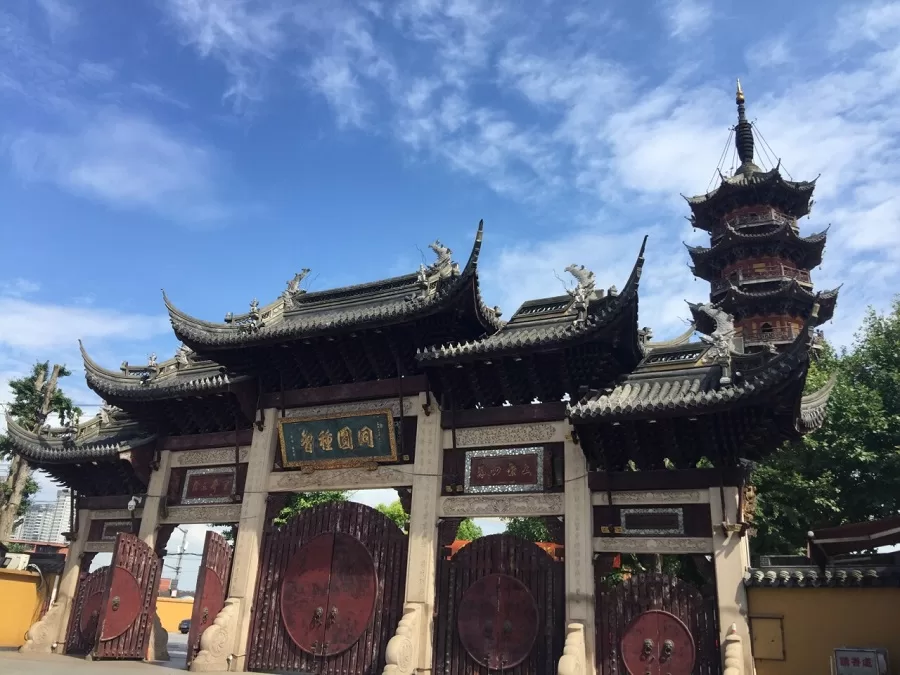
Built in the second year of the Taiping Xingguo era (977 AD) during the Song Dynasty, Longhua Pagoda is a seven-story, octagonal wooden pagoda standing at approximately 40 meters tall. The interior of the pagoda features a brick core with square-shaped chambers, while the exterior is adorned with wooden corridors, showcasing the architectural style of the Song Dynasty. The unique design of the pagoda, with its eight-sided structure and a central four-sided chamber, involves a rotation of forty-five degrees per level, creating a balanced distribution of weight and wall surface positions. Unfortunately, due to the soft soil in Shanghai, Longhua Pagoda has tilted over the years. For preservation purposes, access to the pagoda’s interior is restricted, allowing visitors to appreciate its exterior but not ascend the structure.
Mahavira Hall
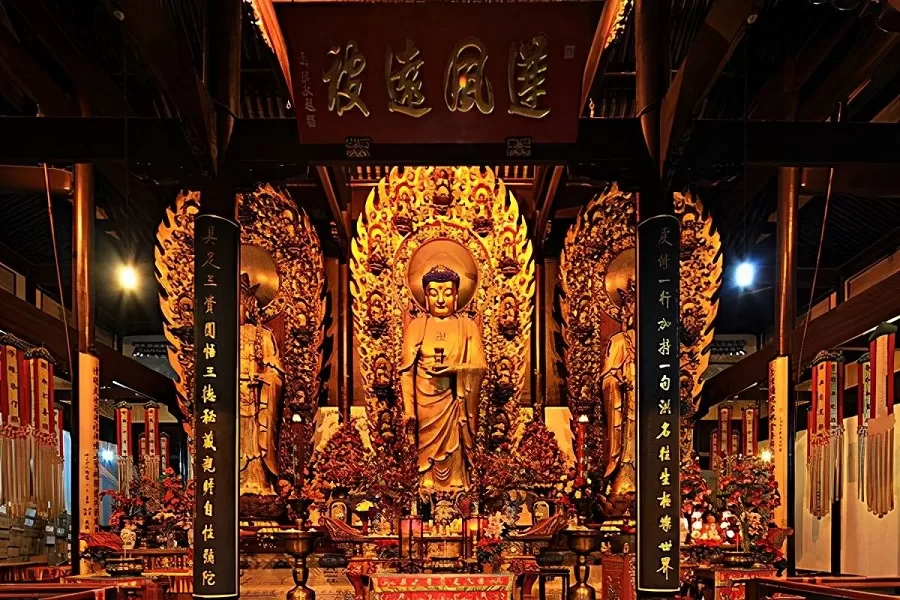
The Mahavira Hall in Longhua Temple features a central statue of Vairocana Buddha, adorned with a Pi Lu hat and making the Pi Lu seal. Flanking the Buddha are Manjushri Bodhisattva on the left and Samantabhadra Bodhisattva on the right. On either side are twenty heavenly deities and eighteen Arhats. Behind them, fifty-three child monks pay homage to Avalokitesvara, depicting a scene from 2,500 years ago when Buddha preached at the Lingjiu Palace. The tableau showcases Buddha preaching, assisted by Manjushri and Samantabhadra, protected by twenty heavenly deities, propagated by eighteen Arhats, guided by Avalokitesvara, and sought after by child monks.
The twenty heavenly deities were originally gods of the Brahman religion who later converted to Buddhism. They include major deities like Brahma, Yama, and others who played roles such as shielding Buddha from wind and rain during meditation. Additionally, there is the dragon king who protected Buddha by creating rain to extinguish a fire at a monastery and Vaisravana, who retrieved Buddha’s relics after his parinirvana.
Architectural Style
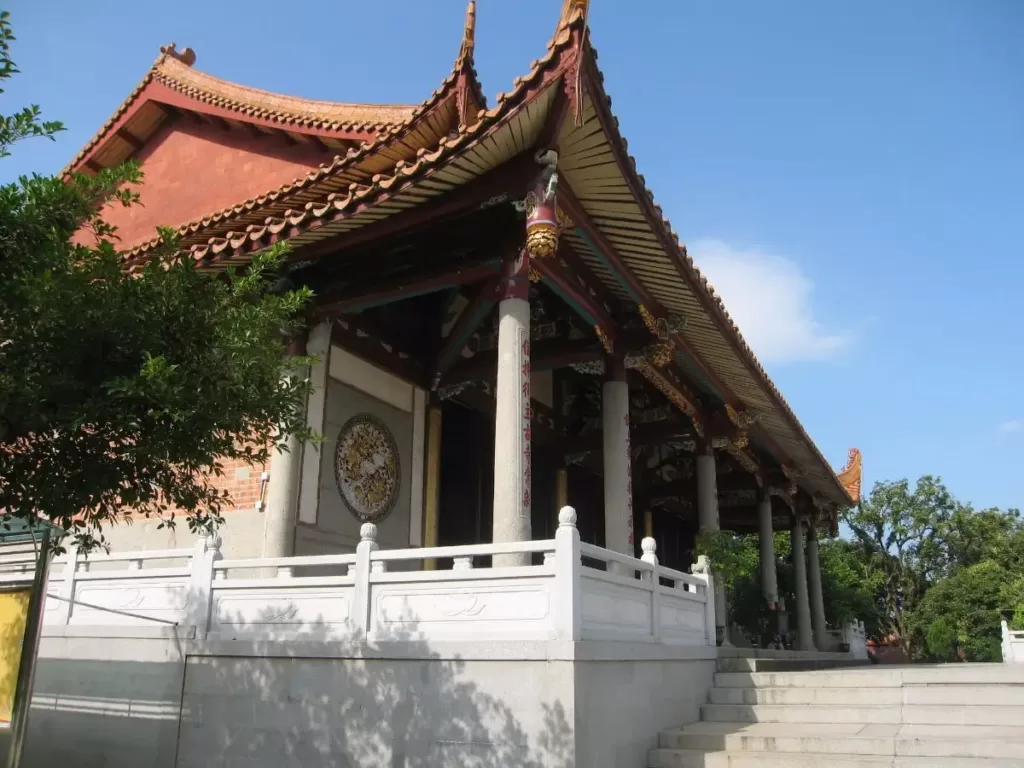
Longhua Temple follows the architectural style of the Song Dynasty’s “Jia Lan Seven-Hall System.” The temple’s central axis, from south to north, consists of six consecutively arranged halls: Maitreya Hall, Heavenly King Hall, Mahavira Hall, Three Saints Hall, the abbot’s room enclosed in a courtyard, and the Scripture Hall. The first hall along the central axis is the Maitreya Hall, housing an image of the compassionate Maitreya. The second hall is the Heavenly King Hall, featuring four 4-meter-tall Heavenly Kings on each side and a central Maitreya image with a heavenly crown. The third hall is the Mahavira Hall, with a central image of Vairocana Buddha. The fourth hall is the Three Saints Hall, the fifth is the abbot’s room within a closed courtyard, and the sixth is the Scripture Hall. This architectural arrangement reflects the hierarchical and axial design principles characteristic of traditional Chinese Buddhist temples.
Temple Fair and Festivals
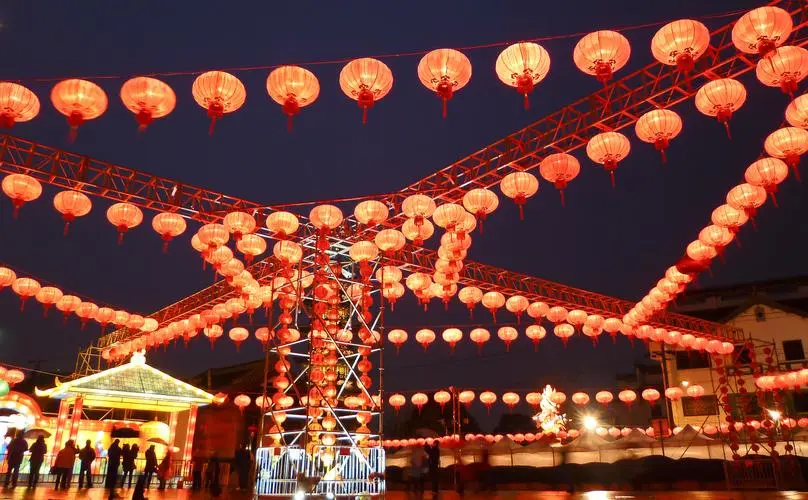
New Year’s Eve Bell-Ringing Ceremony: Since 1991, Longhua Temple has hosted a special event on December 31st known as the “New Year’s Eve Bell-Ringing Ceremony.” This event attracts numerous visitors from both China and abroad and has been recognized by the National Tourism Administration as one of the country’s premier tourism projects.
Longhua Temple Fair: Held annually in March and April, the Longhua Temple Fair is a vibrant celebration rooted in local tradition. According to Shanghai folklore, “March 3rd at Longhua, watch the peach blossoms” refers to the day dedicated to the Maitreya Buddha in his incarnation as the Budai monk. To commemorate this occasion, the temple hosts a grand event during the peach blossom season in spring. The fair features lively activities including dragon and lion dances, traditional Shanghai street crafts, and local delicacies, attracting a large number of visitors and vendors.
Buddhism Experience
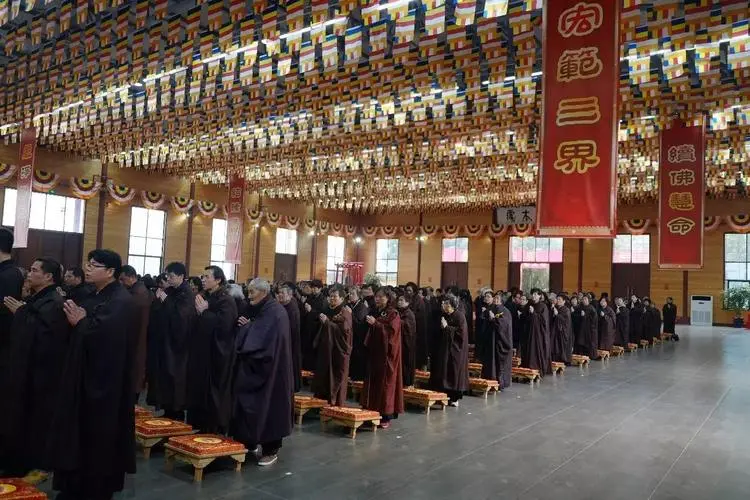
Visiting the Longhua Temple in Shanghai is an excellent opportunity to experience Buddhism firsthand. The temple offers various activities that allow visitors to participate in Buddhist practices, such as meditation and chanting. It also provides educational programs where visitors can learn about the history, philosophy, and teachings of Buddhism. Visitors can also observe monks performing daily rituals, such as offering incense and making offerings. Additionally, the temple has a library where visitors can read Buddhist scriptures and other literature related to the religion.
Vlog about Longhua Temple
Photography Spots and Tips
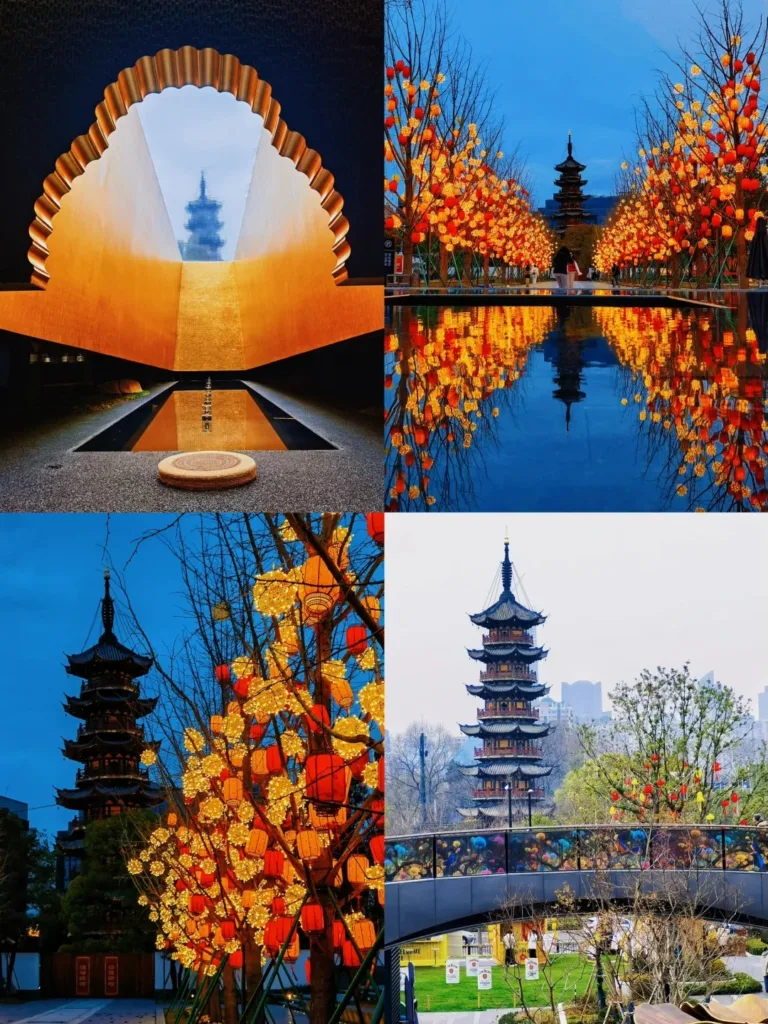
Tower Reflection Space
- Description: The Tower Reflection Space offers a stunning, secretive spot beneath the ancient Longhua Pagoda. This area features four thematic zones: “Returning Clouds,” “Listening to Pines,” “Welcoming the Moon,” and “Tower Reflection.” The space is designed with a traditional Chinese aesthetic, providing a serene and elegant atmosphere.
- Best Spot: The “Tower Reflection – Water Curtain” zone is ideal for capturing the pagoda’s reflection through a water curtain. On clear, windless days, the reflection will be especially vivid and sharp.
Longhua Mall (Longhua Hui)
- Description: The newly established Longhua Mall, located just across the street from Longhua Temple, offers a modern, open street-style shopping experience. It harmonizes with the ancient Longhua Pagoda, showcasing a blend of “old” and “new.”
- Best Spot: The mall’s second floor features two parallel corridors facing the pagoda. Using a telephoto lens here can help compress the perspective and capture the pagoda in detail. The YMO BAZAAR store also has a scenic window with distinctive window decorations, making it a perfect spot for photos with the pagoda in the background.
Longhua Plaza
- Description: Longhua Plaza is adorned with colorful lights and decorations, creating a festive atmosphere. The water pool in front of the temple can reflect these lights, resembling a giant butterfly, making for a stunning visual effect.
- Best Spot: For the best photos, visit the plaza around 5:00 PM when the lights are on but the sky is still transitioning to darkness. This timing captures the beautiful blue hour and enhances the reflections and lighting.
Popular Snacks around Longhua Temple
Here’s a table summarizing the popular snacks around Longhua Temple, including the Chinese names:
| Snack | Description |
|---|---|
| Fuying Fresh House Wontons (富营鲜世家云吞) | Famous for its delicious and fresh wontons and fish balls. |
| Hongji Chaoshan Fish Congee (洪记潮汕鱼粥) | A small shop offering delicious Chaoshan-style fish congee with rich flavor. |
| Qiaotou BBQ (桥头烧烤) | Known for tasty barbecue with average service and high prices. |
| Rongbian Dry Steamed Pork Ribs (榕边干蒸排骨) | Offers Cantonese-style dry steamed pork ribs with a flavorful taste. |
| Aunt Liang’s Snail Noodles (梁阿姨螺蛳粉) | Top pick for snail noodles with average service and slightly salty broth. |
| Guo Laoguan Three-Bowl Cuisine (郭老倌三盆菜) | Great Hunan cuisine with a wide variety of dishes. |
| Taomi Lao Crispy Pork (淘米捞脆肉皖) | Long-standing place known for its free red sugar steamed buns and lighter Cantonese flavors. |
| Minzhi Da Bituo Specialty Grilled Fish (民治大不同特色烤鱼) | Recommended for its dry-fried grilled fish (Qingjiang fish), though noisy environment. |
| Haoji Qingyuan Crispy Chicken Pot (豪记清远脆皮鸡煲) | Opens in the evening with simple environment but good value; highlights include egg fried rice. |
| Jieyang Rice Noodle Soup (揭阳粿条汤) | Affordable rice noodle soup starting from five yuan; known for pork offal soup and delicious pigskin. |
Useful Tips Summarized from Reviews
Enjoy Vegetarian Meals: It’s recommended to try the vegetarian noodles near the exit., priced at around 15 yuan per bowl. Additionally, there are side dishes available for 10 yuan each. After finishing your meal, clean up after yourself by returning the utensils to the designated area near the entrance. The temple also offers special traditional snacks that you can bring back for your family and friends. If you don’t find what you’re looking for here, there’s another purchasing point near the main gate.
Beware of Fortune Tellers: Be cautious of individuals, usually older women, outside the entrance who may try to offer fortune-telling services. It’s advisable to politely decline and avoid engaging with them.
Entrance Options: There are two ways to enter Longhua Temple:
- Enter through the main gate and scan a QR code on your phone to purchase a 10 yuan entrance ticket. This ticket also includes a free bundle of incense.
- Alternatively, if you’re entering from the parking lot, you can access the temple directly to enjoy vegetarian noodles without needing to purchase a separate ticket.
Mind the Cats: Longhua Temple is known to be home to several cats. While they can be cute to observe, be cautious as some cats may be aggressive. It’s best to keep your distance and avoid disturbing them.
Dress Code
- Cover your shoulders and knees – Shorts, tank tops, and sleeveless tops are not recommended for either men or women. Visitors should also avoid wearing short skirts or dresses that do not cover their knees.
- Avoid tight-fitting or revealing clothing – Clothing that is too tight or revealing can be considered disrespectful in a religious setting. It’s best to wear loose-fitting, comfortable clothing that covers your body appropriately.
- Cover your tattoos – While tattoos are becoming more common in China, they are still associated with criminal gangs and can be seen as disrespectful in a temple setting. Visitors are advised to cover up any visible tattoos when visiting Longhua Temple.
- Avoid wearing hats or sunglasses – Visitors should remove their hats and sunglasses when entering the main hall of the temple. This is a sign of respect and is also important to allow for clear vision when admiring the temple’s artwork and statues.

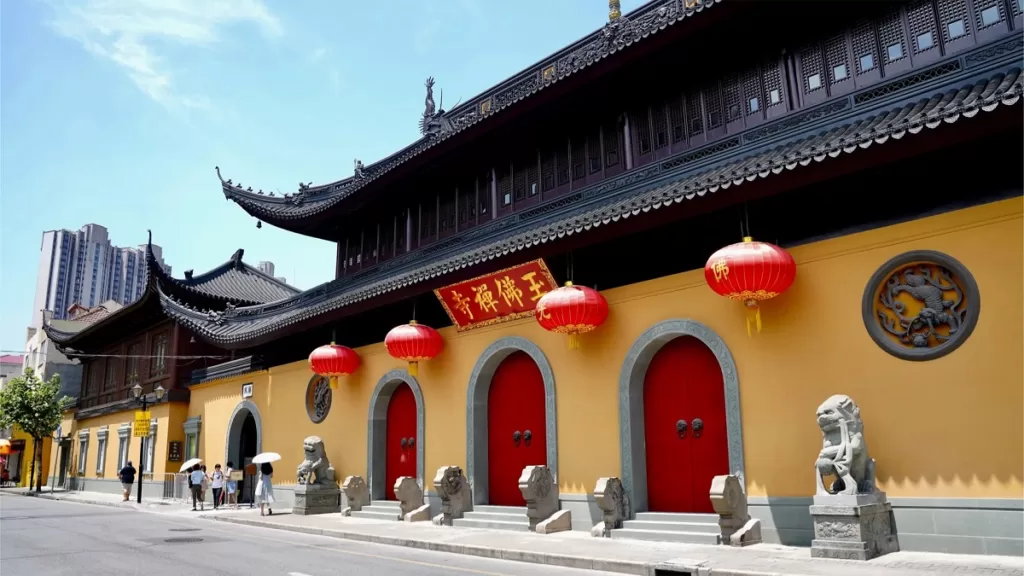
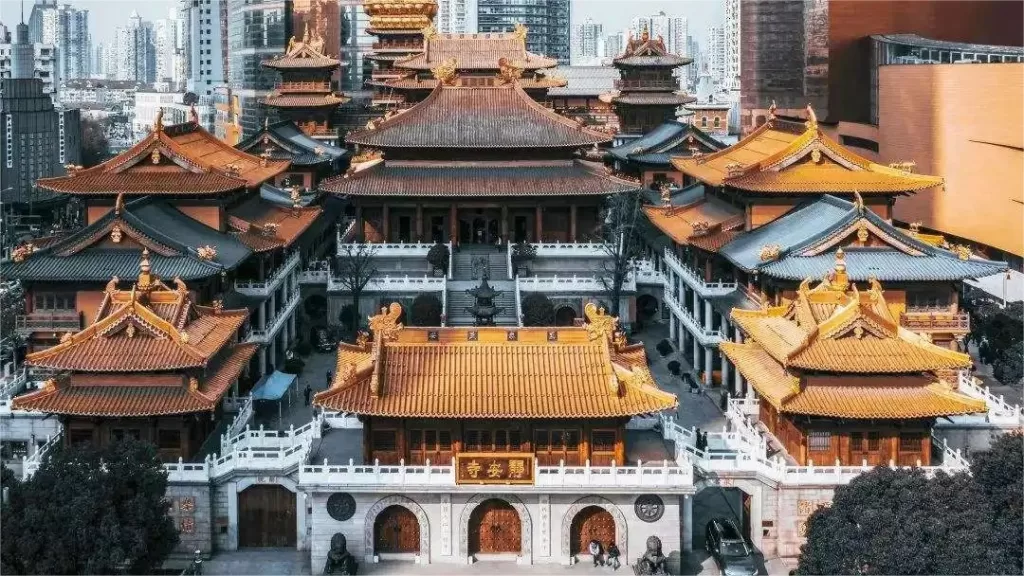
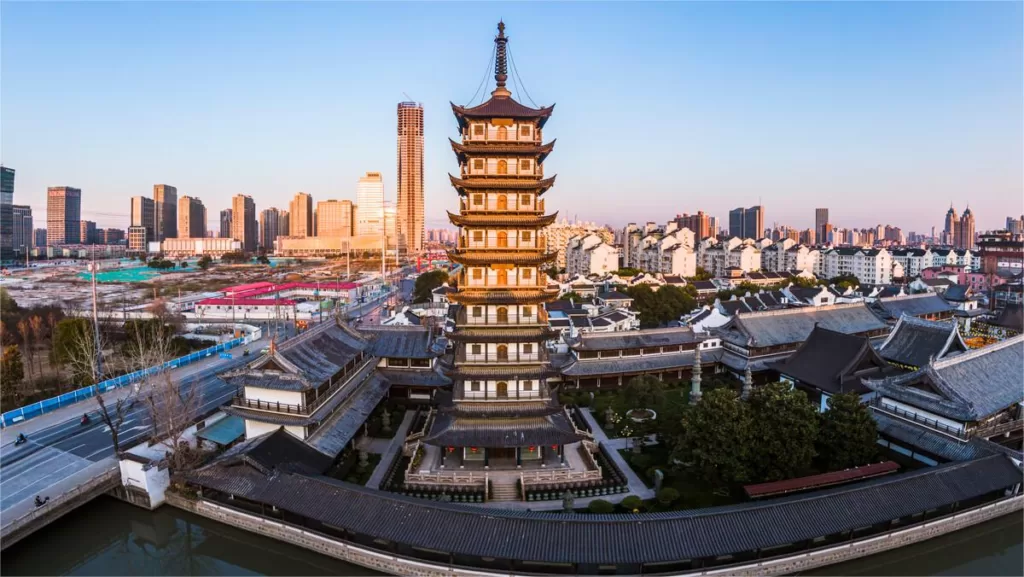
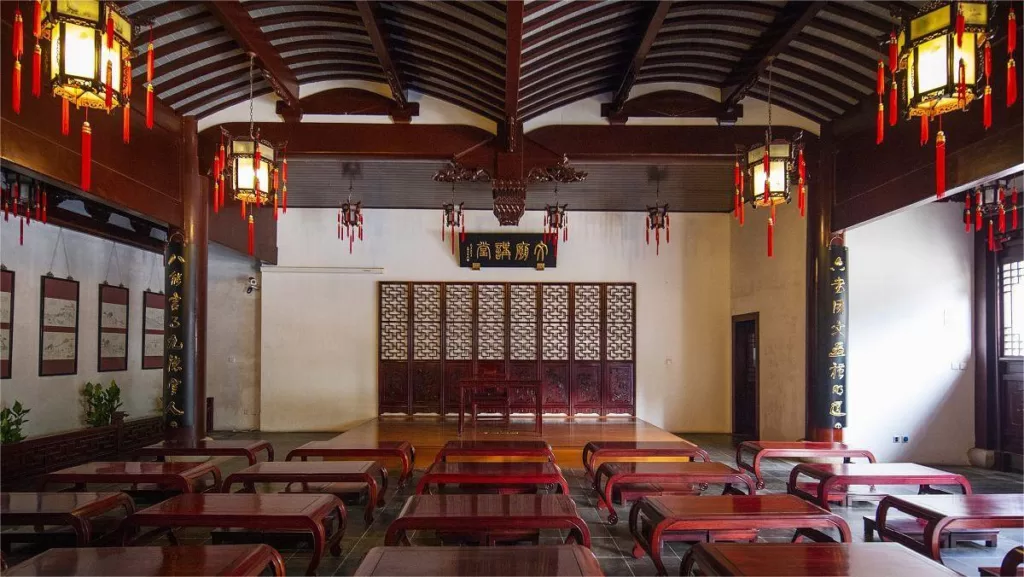
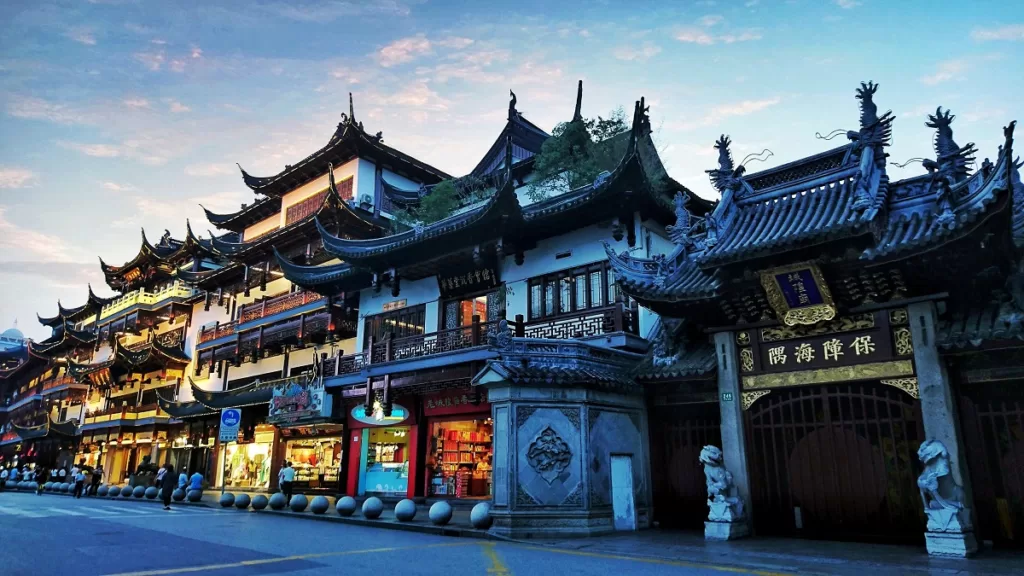
0 Comment